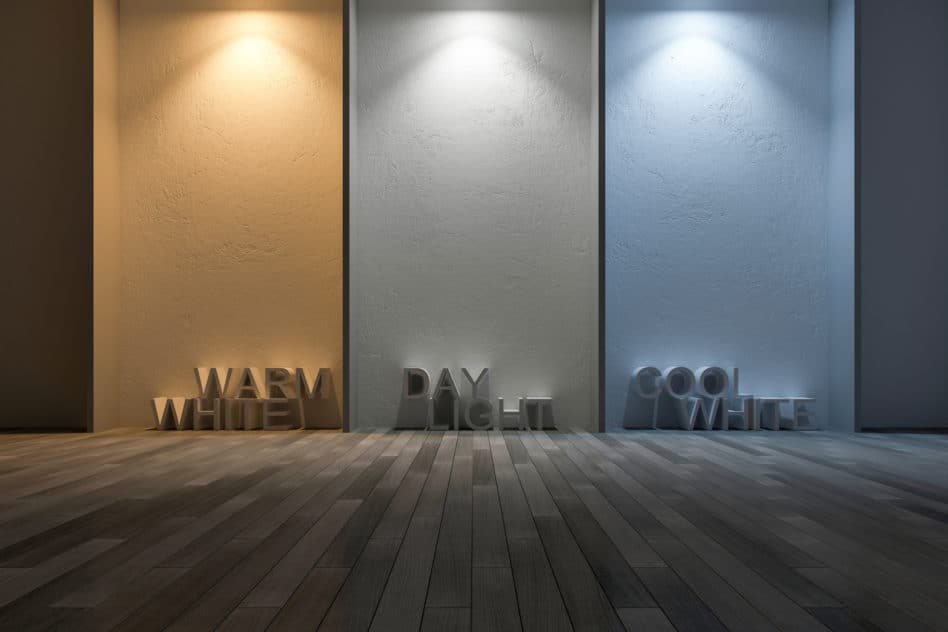
This works particularly well for living room lighting ideas in listed properties. "Don’t be afraid to include warmer temperatures ranging from 1900-2400 Kelvin in decorative fittings in as it will add a feeling of warmth. Cool white light contains more blue light and looks brighter to the eye (this is why cool white bulbs have a higher lumen output when compared to the equivalent. "For shelving in a living room, I would also recommend using 2400 Kelvin LED strip which creates a warmer feel at night when you want a more relaxing atmosphere," says Estefania. Light bulbs within this range will emit a more neutral white. Task lighting such as reading lamps should be given a slightly cooler hue however, and functional downlights can be cooler if used for practical tasks like cleaning, as long as wall lights and pendants are also in place to ensure that a warm, ambient light can be created in the evening when using the space. Color temperatures between 3100K and 4500K are referred to as cool white or bright white. Should I Choose Cool Light or Warm Light for my Living Room?Ī living room isn't a space that usually requires many functional tasks to take place, and is used for rest and relaxation in the evening, so best suits a warm light temperature. However, to do this successfully, use small increments in differences between warmer and cooler lights, rather than using opposite ends of the Kelvin scale, as this could create a jarring effect when more than one lighting design idea is on at a time. That's why a well-thought out lighting design is key, ensuring any room can be cosy and comforting or stimulating and functional as needs dictate. However, keep in mind that it's possible to mix different temperatures of light across the varying levels of your lighting scheme. When it comes to choosing between cool light vs warm light for individual rooms, certain spaces better suit the characteristics of different light temperatures. Should I Pick Cool Light or Warm Light for a Room? This is the same sort of idea that light wake-up alarm clocks use to help our bodies enter and exit sleep gradually by changing light temperature slowly over time. That would mean that a cooler, brighter light can be used for the darker early evenings in the winter months, ensuring you're not ready for bed by 6pm, but transitioning to warmer light temperatures as the evening progresses.

This is a key part of why lighting is such an important factor in biophilic design principles.īiodynamic lighting systems are smart lighting designs which take into account colour temperature and circadian rhythm, adjusting the light temperature throughout the day to ensure it matches the needs of the user. Warm light is more compatible with the goal of your circadian rhythm - stimulating melatonin production which induces sleep, though if you're looking to work late nights or similar, you might be looking for the opposite effect. With this, it's also worth considering how light temperature factors into circadian rhythms.


 0 kommentar(er)
0 kommentar(er)
